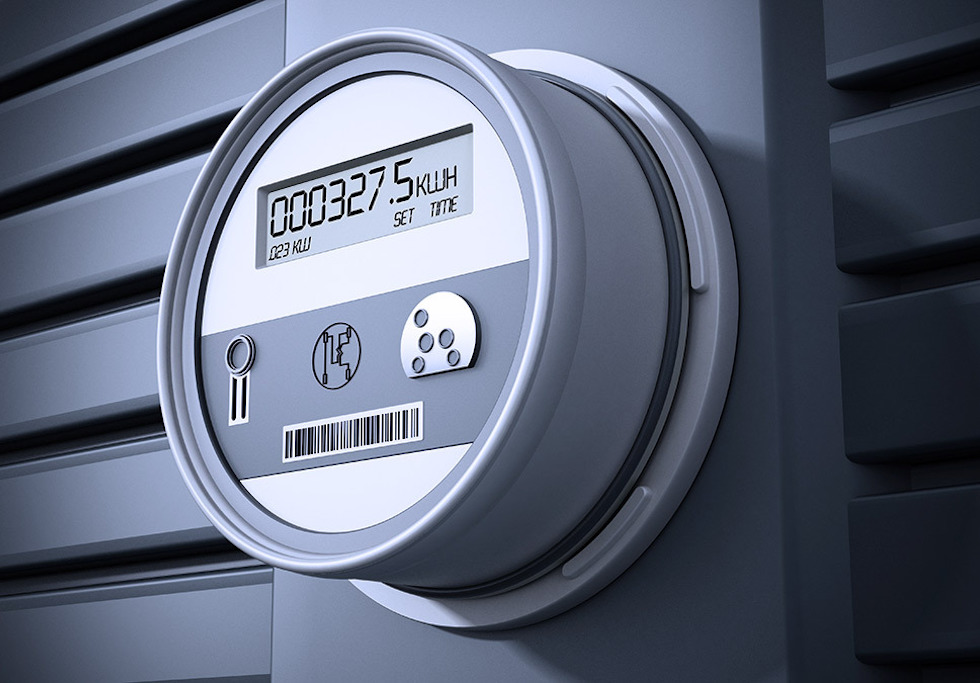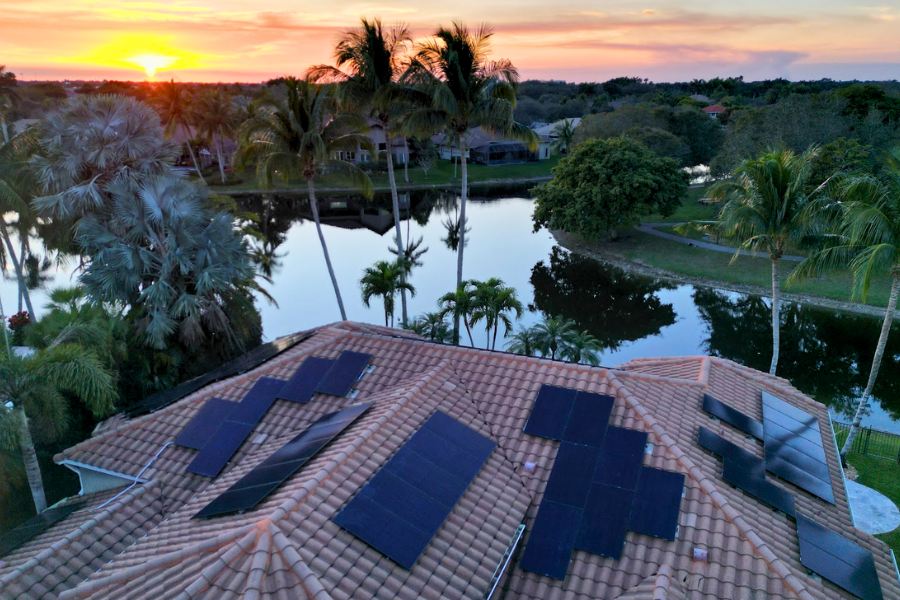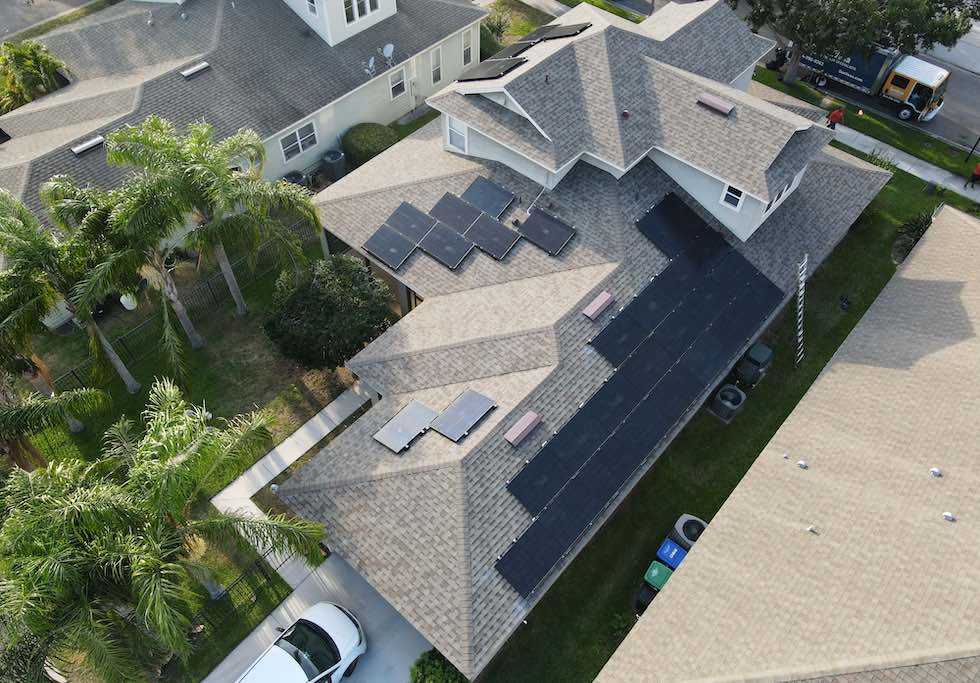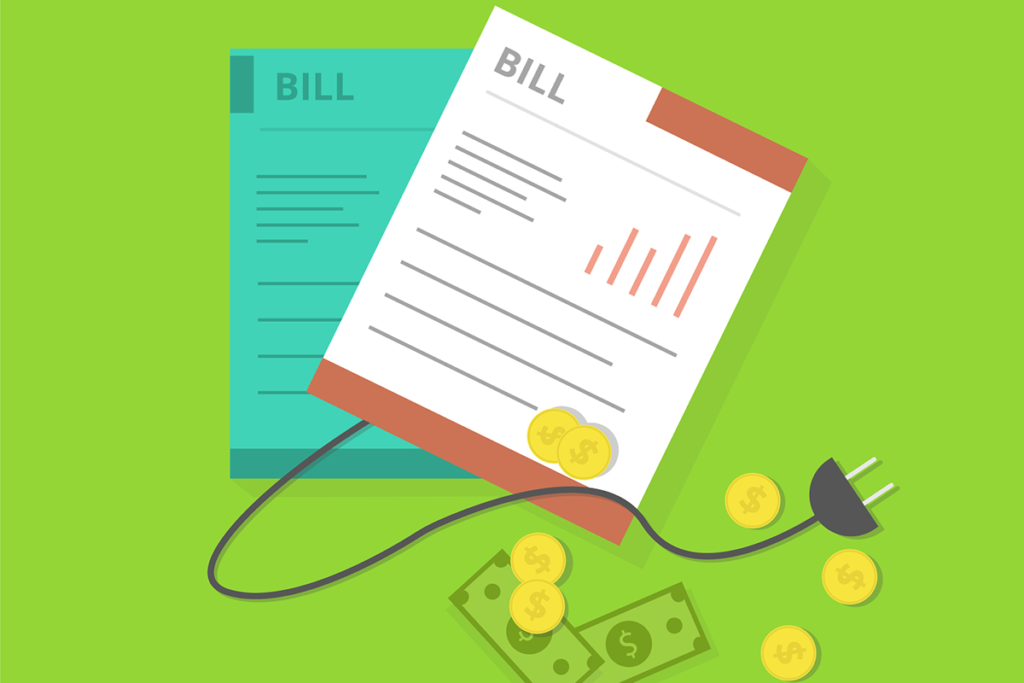
For Florida homeowners, knowing your home’s energy consumption can help you manage costs and live sustainably. Calculating your power usage is useful for a few situations — maybe you’re sizing a solar power system or simply aiming for energy efficiency. In either case, this can lead to a more eco-friendly lifestyle and potential savings on utility bills. Speaking of utility bills — you have probably noticed that they are measured in kilowatt-hours (kWh). The utility company provides this aggregate number without any breakdown of which appliances are contributing to your energy consumption. Luckily, you can figure this out for yourself in just a few steps. Monitoring your home energy consumption will help you discover power-saving strategies and be more conscious of your usage.
Step 1: Gather Your Appliances’ Information
Begin by creating a comprehensive inventory of all electrical appliances in your household. This includes everything from large appliances like refrigerators and washing machines to smaller devices such as toasters, phone chargers, and light bulbs. Locate the wattage for each appliance. This is typically found on a label near the power cord, in the user manual, or on the manufacturer’s website. In cases where multiple wattage settings exist (like in a microwave with different power levels), note the range of wattages. If you’re unable to find the exact wattage, use an average figure for an appliance of similar size and type as a placeholder. Documenting these details will form the foundation of your energy consumption analysis. The following table contains the average wattage of common household appliances:
| Appliance | Average Wattage Usage |
|---|---|
| Air Conditionar (Window) | 1500 watts |
| Refrigerator | 200 watts |
| Washing Machine | 500 watts |
| Dryer | 2500 watts |
| Dishwasher | 1500 watts |
| Microwave Oven | 1200 watts |
| Electric Kettle | 1500 watts |
| Television | 100 watts |
| Laptop | 40 watts |
| LED Light Bulb | 10 watts |
Step 2: Estimate Usage Hours
After listing your appliances and their wattages, the next step is estimating how long each appliance is used daily. This estimation doesn’t need to be precise to the minute, but it should reflect your typical usage patterns. For continuously running appliances like refrigerators, count them as 24-hour usage. For others like televisions or computers, consider the average duration they remain on. It’s helpful to observe your routine for a few days to make these estimations more accurate. The goal is to understand average usage over time, so consider variations like weekday versus weekend usage or changes in routine like working from home.
Step 3: Convert Wattage to kWh
With the wattage and estimated usage hours in hand, the next step involves converting this data into kilowatts (kW). Since energy consumption is measured in kilowatt-hours, you’ll need to convert the wattage (measured in watts) of each appliance to kilowatts by dividing it by 1,000.
Kilowatts (kW) = Watts / 1000
For example, a 1500-watt space heater converts to 1.5 kW (1500 watts ÷ 1000). This conversion is crucial for aligning your calculations with the standard units used in electricity billing and solar power systems.
Step 4: Calculate Daily Energy Consumption
To determine the daily energy consumption of each appliance, multiply its kW rating by the number of hours you use it per day. For instance, if your 1.5 kW space heater runs for 3 hours daily, it consumes 4.5 kWh per day (1.5 kW x 3 hours).
Kilowatt-Hours (kWh) = kW x Hours
Repeat this calculation for each appliance and sum up these figures. This total represents your household’s total daily energy consumption in kWh.
Total Daily Consumption (kWh) = Sum of All Appliances (kWh)
This step is vital for tracking and managing your daily energy usage, offering insights into which appliances are the most energy-intensive and identifying potential areas for energy-saving changes.
Step 5: Understand Your Monthly Usage
Finally, to look at this data from a monthly perspective, multiply your daily energy consumption total by the number of days in the month (30 days provides a good monthly average). This calculation provides a close estimate of your monthly energy usage in kWh, allowing you to compare it against your monthly energy bill and understand where your energy costs are coming from.
Monthly kWh Usage = Daily kWh x 30 Days
Regularly performing this calculation can also help you identify trends in your energy usage over time. For example, you might notice increased usage during colder months due to heating needs.
Tips for Accurate Calculation
- Consider Seasonal Appliances: Remember to account for seasonal variations. Appliances like air conditioners or heaters might be used more or less depending on the time of year.
- Standby Power: Some devices consume power even when they’re turned off. This ‘phantom load’ can be significant over time.
- Use Energy Monitors: For more precise measurements, consider using energy monitors that can track the energy usage of individual appliances.
- Check Usage Frequency: For appliances used intermittently (like toasters or vacuum cleaners), record how many times a week you use them. This helps in creating a more accurate average of daily usage.
How Can I Reduce My Energy Consumption?
Now that you know how to calculate your energy consumption, you may be wondering how to reduce it. There are a few common methods, including:
- Adopt Solar Power: If feasible, consider installing solar panels. They can significantly reduce your reliance on grid electricity, especially in sunny areas.
- Regular Maintenance: Appliances running at sub-optimal efficiency consume more energy. Regular maintenance, such as cleaning filters in air conditioners and defrosting refrigerators, can ensure they operate efficiently.
- Monitor Peak and Off-Peak Usage: Some appliances may be used more during peak hours. Understanding this pattern can help in shifting some activities to off-peak hours, reducing overall energy costs.
- Seal and Insulate Your Home: Proper insulation and sealing of windows, doors, and ducts can prevent heat loss in winter and keep cool air inside in summer, reducing the need for heating and air conditioning.
Why It Matters
Calculating your energy consumption is more than just a number-crunching exercise. It empowers you with knowledge to make informed decisions about energy usage, potentially leading to cost savings and environmental benefits. By understanding which appliances consume the most energy, you can adjust your usage patterns or consider upgrading to more energy-efficient models. If you are thinking of installing a solar energy system, then making these calculations is step one in sizing the system. Also note that while power consumption calculators do exist, they usually only provide a general estimate of your energy usage. You can gain a more accurate picture of your power consumption by calculating it yourself.
Conclusion
Incorporating these steps into your routine can provide a clear picture of your energy consumption, fostering a more sustainable and cost-effective lifestyle. Energy management is not just a one-time task — it’s an ongoing process of awareness and adjustment.
Related Questions
How many kWh per day is normal?
The average daily energy consumption varies based on household size, location, and lifestyle. However, a typical US household consumes about 28.9 kWh per day. This figure can be higher in larger homes with more occupants or lower in smaller, energy-efficient dwellings.
How many kW does a fridge use?
A refrigerator typically uses between 1 to 2 kilowatts (kW) per day, depending on its size, model, and efficiency. Modern, energy-efficient models tend to use less power. The actual energy consumption also depends on factors like usage frequency and ambient temperature.
Which home appliances use the most energy?
The most energy-intensive home appliances include HVAC systems (heating, ventilation, and air conditioning), water heaters, and dryers. Refrigerators, electric ovens, and lighting also contribute significantly to household energy consumption. Their impact varies based on usage patterns and efficiency ratings.




